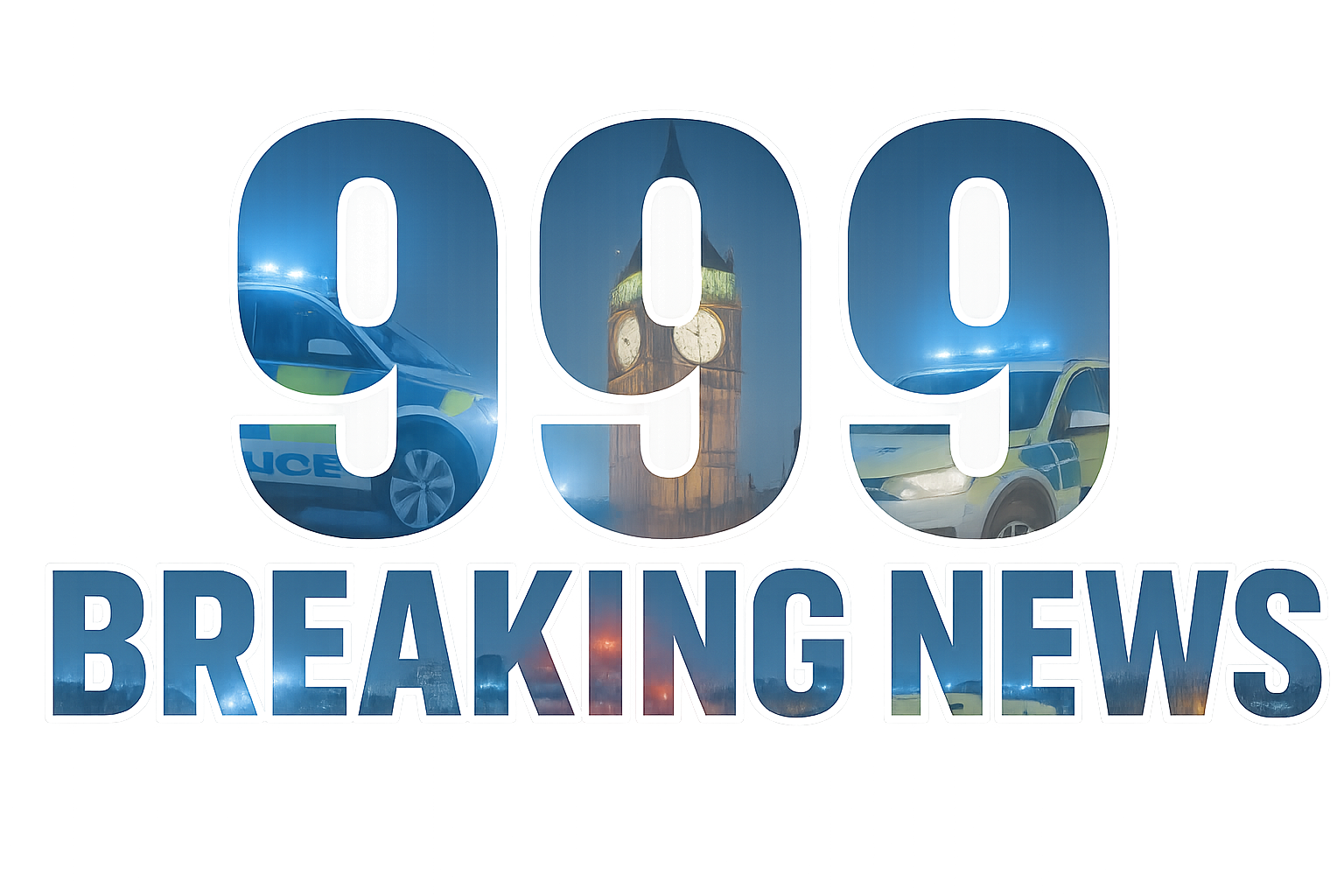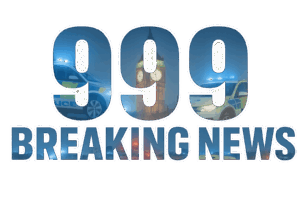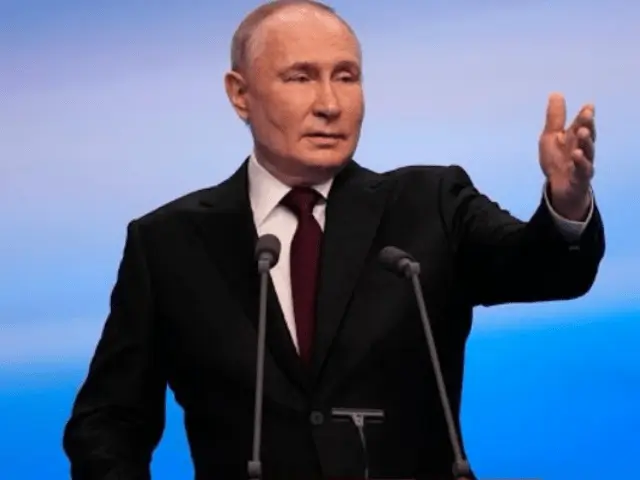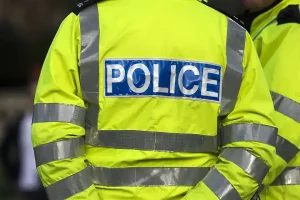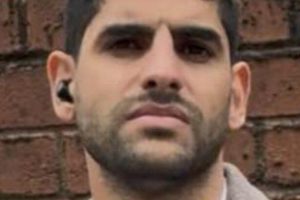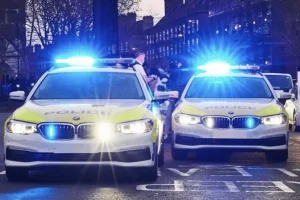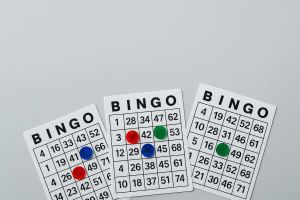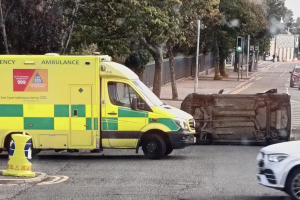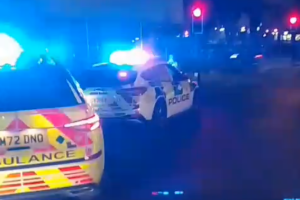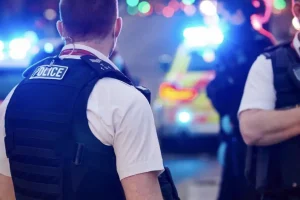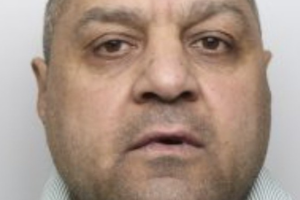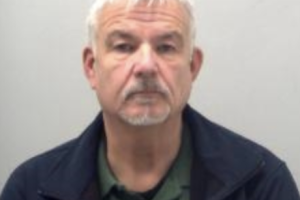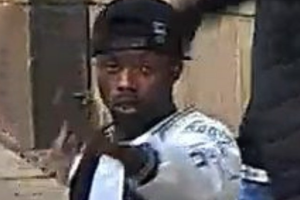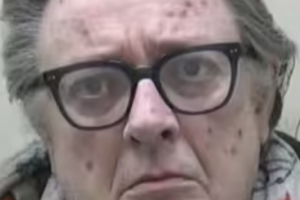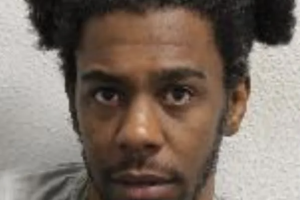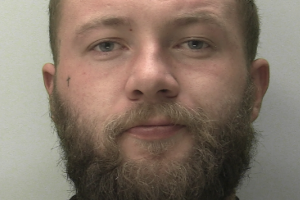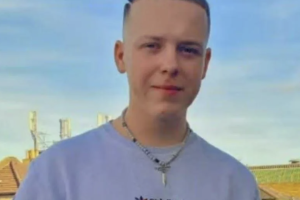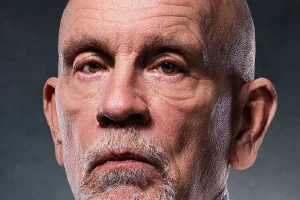Ceasefire discussions between global powers have gained momentum following a recent US proposal aimed at halting the ongoing conflict in Ukraine.
On 13 March 2025, Russian President Vladimir Putin responded to the initiative, offering insights into Moscow’s stance while hinting at the complexities of achieving lasting peace.
Speaking from the Kremlin, Putin began by acknowledging US President Donald Trump’s efforts. “I thank Donald Trump for paying so much attention to regulating the conflict in Ukraine,” he said, echoing Russia’s ongoing strategy of extending diplomatic courtesies to the American leader. However, he quickly added that further dialogue with Trump is necessary before any firm commitments can be made. “There have been lots of questions about the ceasefire, and I need to speak to him first,” Putin noted.
The Russian president expressed cautious support for the ceasefire proposal, but with clear conditions. “We agree with the proposals for the ceasefire, but our position is based on the assumption that it would lead to long-term peace,” he explained. For Putin, a temporary truce is only valuable if it addresses the root causes of the crisis that erupted in 2022.
Kursk Visit Highlights Russia’s Confidence
Putin’s comments come on the heels of his visit to the Kursk region on 12 March 2025, where he assessed the military situation firsthand. He described the area as “completely under our control,” suggesting that Russia holds a strong position in the conflict. This confidence underpins his view that a 30-day ceasefire might benefit Ukraine more than Russia. “In such circumstances, it will be good for Ukraine,” he remarked, implying that Russia’s current battlefield dominance could be disrupted by a pause in fighting.
Despite this, Putin emphasised that Russian forces are advancing across all fronts. “Our troops are now on the offensive in all areas,” he said, adding that “fast-changing” developments on the ground will shape Russia’s next moves. This statement reflects the fluid nature of the conflict, now in its third year, with both sides vying for strategic leverage.
A Path to Peace or a Tactical Pause?
The US proposal, which surfaced earlier this month, calls for a 30-day ceasefire to de-escalate hostilities and pave the way for negotiations. While details remain sparse, analysts suggest it aligns with Trump’s broader foreign policy goal of reducing America’s overseas entanglements. For Ukraine, a ceasefire could provide much-needed respite amid mounting losses, but Kyiv has yet to formally respond.
Putin’s conditional backing of the ceasefire has sparked debate. Dr. Elena Petrova, a Russian affairs expert at the University of Oxford, told The Sentinel Current that Moscow’s insistence on addressing “initial reasons” for the conflict—likely a reference to NATO expansion and Ukraine’s pro-Western shift—could stall talks. “Russia wants guarantees that go beyond a temporary truce,” she said. For more on this perspective, visit Oxford’s analysis page.
What’s Next for Ukraine?
As ceasefire talks loom, the situation remains precarious. Russian offensives continue to test Ukraine’s defences, while Western support for Kyiv hangs in the balance.
For now, Putin’s willingness to engage with Trump signals a potential opening, though his focus on long-term outcomes suggests tough negotiations ahead. The Kremlin’s next steps will depend on battlefield dynamics and Trump’s response in their anticipated talks.
